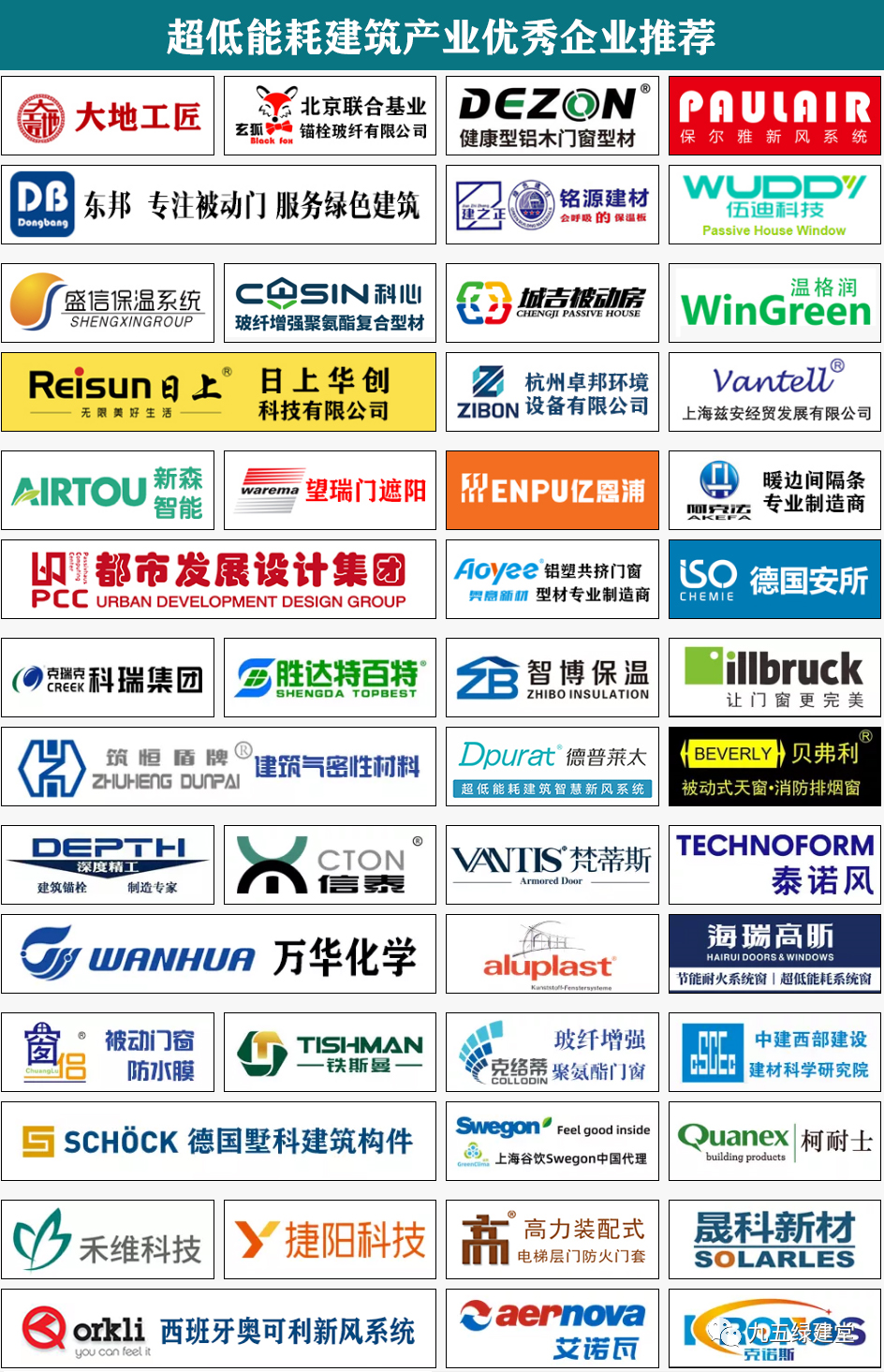The cost of construction and installation of precast buildings is higher than that of cast-in-situ. What is the crux?
So, where is the growth of construction and installation cost of assembly? What is the crux? The cost increment of construction and installation of precast buildings is mainly reflected in three aspects: component production, component transportation, component construction and installation.
1.
The component installation cost at the construction site of precast buildings mainly includes: component vertical transportation cost, installation labor cost, machine use cost, etc.
The transportation cost is mainly related to the distance and mode of transportation: for the freight of precast components, please refer to our previous article: how to determine the service radius of precast building component manufacturers of Zhuao college? For the transportation of precast components, especially on important urban traffic trunk roads, not only the volume size of components, but also the time period of traffic congestion should be considered.
The more kinds of precast components are produced, the more complex the structure is, the more molds need to be used.
As for the high cost of molds and how to reduce the cost of producing molds, please refer to our previous articles: Zhuao College | a sharp tool for large-scale production of precast buildings, and the weight of molds accounts for 26%! Zhuao College | let’s look at some new things.
The construction cost of precast building site mainly consists of component installation cost, measure cost, etc.
However, this may increase the transportation distance, increase highway charges and vehicle fuel charges, and increase the transportation cost.
It can’t be generalized, but the overall construction and installation cost is about 10-15% higher than that of traditional cast-in-place.
The labor consumption in the construction process of precast building site is less, but the requirements for the professional and technical level of managers and constructors are relatively high, which increases the training cost of employees..
Today, I’d like to share a brief summary of the rise of construction and installation cost between assembly and traditional cast-in-place: our previous articles have also shared that the cost rise proportion of precast buildings is related to specific assembly design scheme, prefabrication rate and assembly rate.

Reasons for the increase of component transportation cost: the transportation cost of precast components refers to various expenses incurred in the process of transporting precast components from the factory to the construction site.
Reasons for the increment of precast construction: the on-site construction of precast buildings mainly involves the hoisting of precast components.
Component storage and management fee: after the component is precast and produced, it needs a large area This part of the cost is not available in the traditional cast-in-situ construction method.


In addition, the low reuse rate of molds, the higher the mold cost.
Compared with the traditional cast-in-situ construction mode, the construction characteristics of precast buildings determine that the unit shift consumption of hoisting machinery is relatively high and the labor consumption is relatively small.
Reasons for the cost increment in the component production stage: the cost in the production stage of precast components mainly includes: labor cost, material cost, mold cost, production line depreciation cost, component storage and management cost, water cost, electricity cost, etc.
Among them, the use cost of machines and tools on the construction site is high, mainly because the assembly construction requires higher accuracy of hoisting machinery, and the use strength and number of shifts of this kind of hoisting machinery are higher than those of general tower crane turnover equipment in traditional buildings.
The measure cost of on-site construction of precast buildings is basically the same as that of traditional buildings, and the use cost of on-site formwork and scaffold will be reduced.
Precast component factories are generally located in the suburbs far away from the city, with low land cost and close to the sand and stone mining land.
This part of cost is one of the main sources of incremental cost of component production.
3D printing molds for precast components.
Zhuao College | molds for various precast components are so expensive that how many times can they be reused at most? Depreciation cost of production line: fixed assets such as workshop of component factory and production line machinery and equipment of production components are invested greatly in the early stage, and these fixed assets will be depreciated in a certain way, (in the case of leasing, the rent will be included in the component production cost.
Mold cost: at present, the standardization of part design has not been fully realized.

Labor cost: due to the flow production of precast components and parts in the factory, most of the work is replaced by mechanical equipment, and the labor cost is reduced compared with the traditional construction method.
Material cost: compared with the traditional cast-in-situ mode, the on-site loss of material consumption is reduced and the material is saved.
If the component supply chain is perfect, the production demand of the prefabrication plant is strong, and the scale effect is obvious, the unit cost of fixed assets depreciation amortized into the component will be lower, which will lower the component price; otherwise, it will push up the component price.

3.
2.

